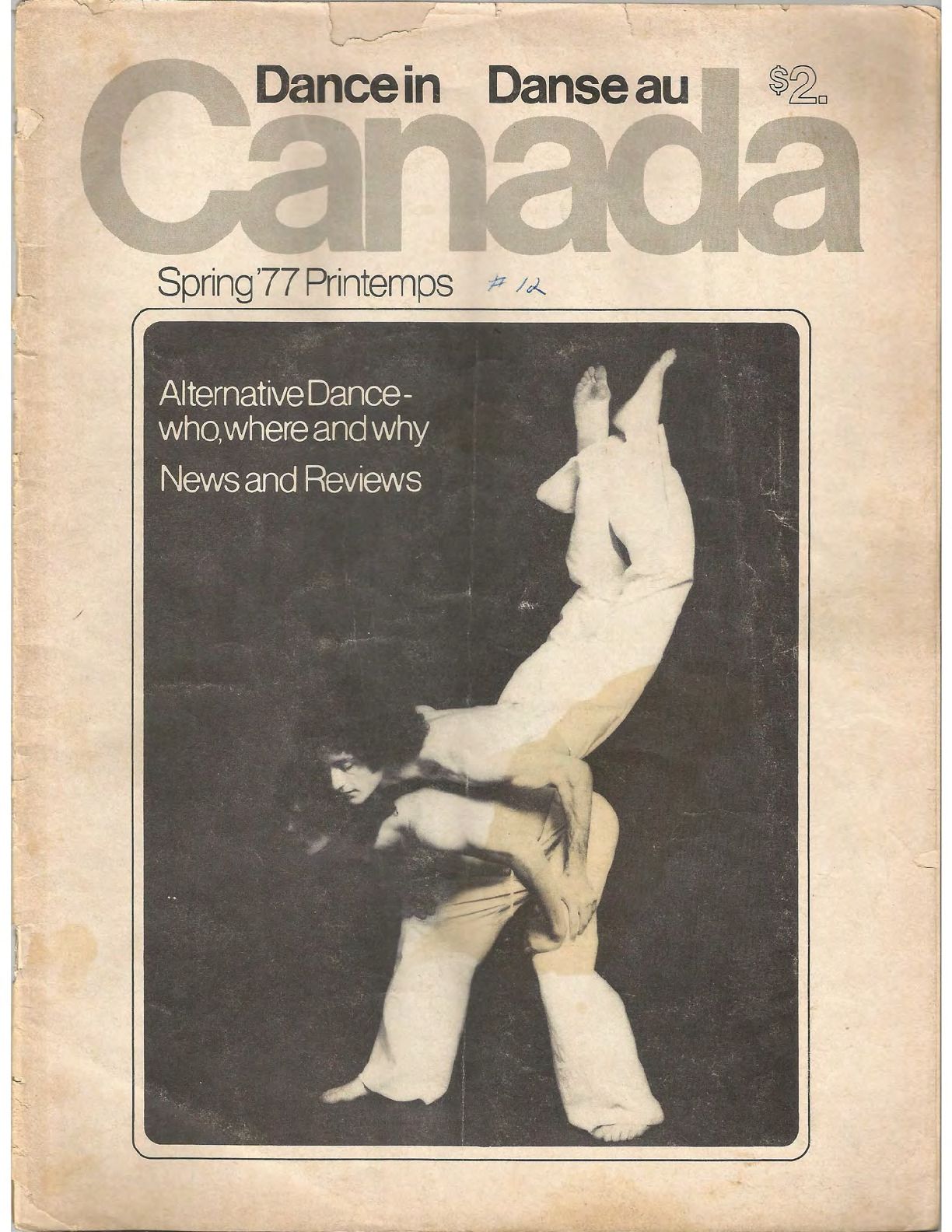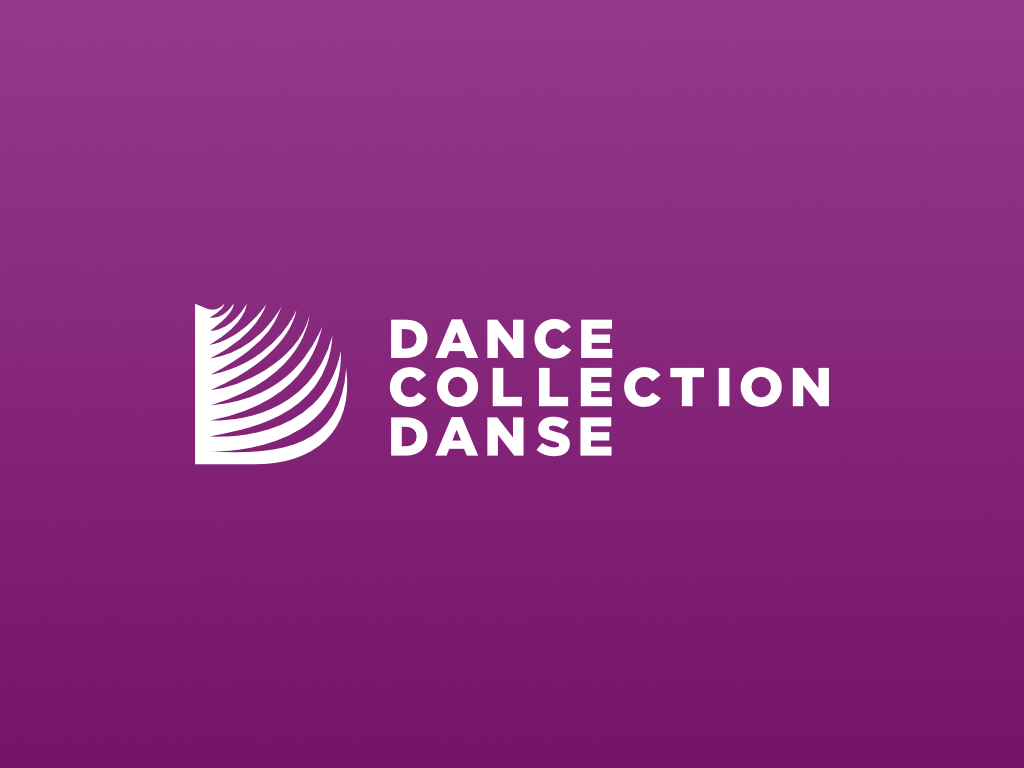Dance in Canada Magazine Number 12, Spring 1977
Added 29th Apr 2021 by Beth Dobson (Archives and Programming Assistant, DCD) / Last update 1st Mar 2022
The description of this Item
Contains the following articles:
- Editorial by Susan Cohen
- Parallel Position by Elizabeth Chitty
- Dear Folks by Margaret Dragu
- 15: Terrill Maguire by Selma Odom
- The Other Side of Britain by Jan Murray
- Diary of a Prison Tour by Andrea Ciel Smith
- DATACS by Scott Beaven
- In Review
- Vancouver by Elizabeth Zimmer
- Toronto by William Littler
- Montreal by Suzanne Asselin
- Edmonton by Lesley Burke
The collections that this item appears in.
Tag descriptions added by humans
Toronto
Vancouver
Ballet
Terminal City Dance
Experimental
Susan Cohen
Anna Wyman Dance Theatre
Dancemakers
William Littler
Montreal
David Y.H. Lui
Ernst Eder
Agents
Karen Kain
Ann Ditchburn
Elizabeth Zimmer
Judith Marcuse
Selma Landen Odom
Encounter
Frank Augustyn
Miriam Adams
Terry McGlade
15 Dance Laboratorium
Suzanne Asselin
Terrill Maguire
Festivals
Elizabeth Chitty
Margaret Dragu
Lap
Robert Desrosiers
Jan Murray
Andrea Ciel Smith
Scott Beaven
Lesley Burke
Gisa Cole
Norrey Drummond
Albert Reid
Association of Dance and Mime Artists
Association of Non-Profit Artists' Centres
London Contemporary Dance Theatre
Mime
Kali
Re-Match
Run Ragged
Sea Changes
Great Britain
England
Edmonton
Audiences
FIlm
Galleries
Multicultural Events
Theatres
Dance as Therapy
Vladivostok
Mitchell Kirsch
William Louther Dance and Theatre Corporation
Ross McKim
Fergus Early
Corrine Bougaard
Prism Dance Theatre
Afternoon of a Faun
Carol Eder
Maritime Contemporary Dance Company
Description of the objects in this Item
01/04/1977
Magazine
Dance in Canada Magazine Number 12, Spring 1977
Dance Collection Danse
DCD's accession number for this Item. It is the unique identifier.
Auto-generated content
Tag descriptions added automatically
Auto-generated identification of objects in this Item
An autogenerated description of this Item
Auto-generated number of faces in the Item

